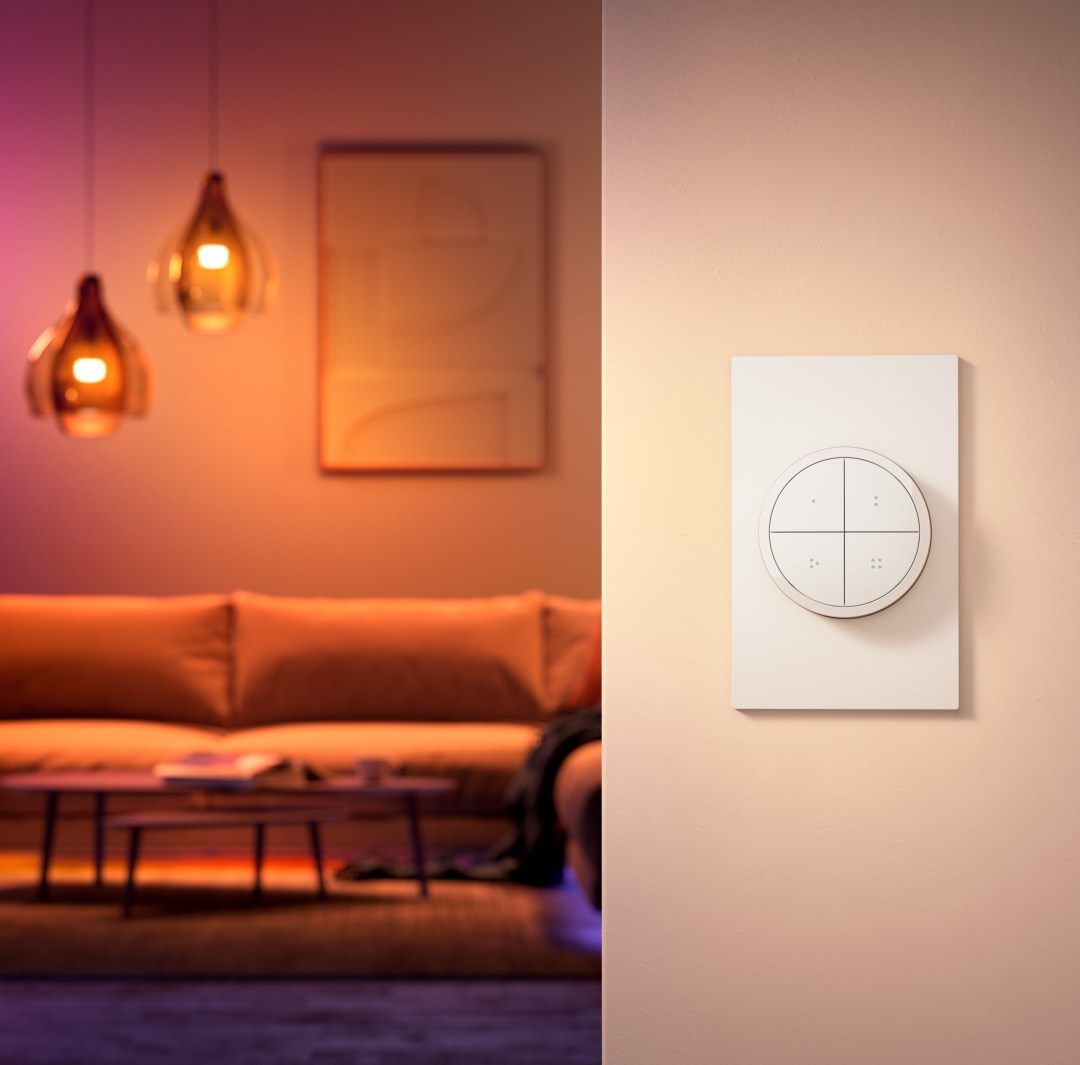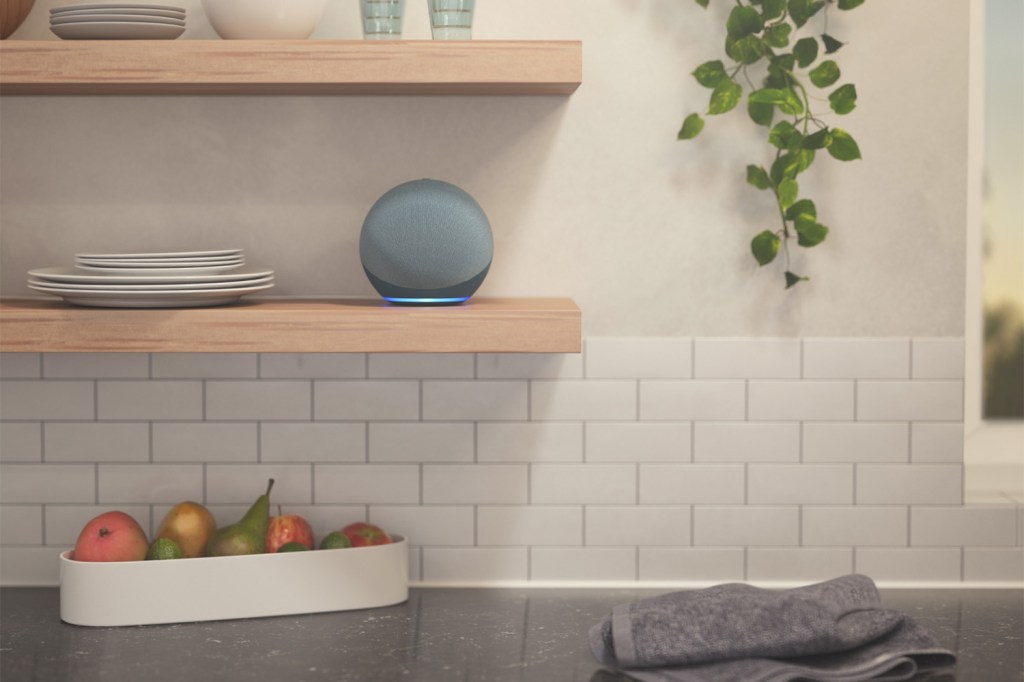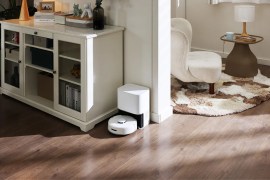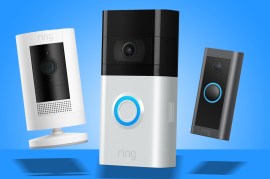What is a smart light switch and why should you get one?
Control your lights the easy way with a smart light switch, but beware the potentially complex installation

Smart light bulbs are generally fine, in fact we like them very much, but why do we go to the bother of replacing multiple bulbs in a single light fitting when we could simply switch the switch? The reasoning behind the popularity of smart bulbs is that you just pop them into the socket and configure them in the app, whereas installing a smart light switch can be more complicated.
The wiring in our homes can be complex, and a smart device constantly in contact with a hub or Wi-Fi router requires an unbroken supply of power, something many light switches can’t manage as they don’t have a neutral wire in them. The wiring can even vary depending on when your home was built and which version of the building regulations was in force at the time.

What happens in some homes is that the switch carries only the live feed to the lights, and the neutral is up in the ceiling, with the light fittings themselves. You’re still able to turn the lights on and off because the wall switch interrupts the live wire. This is known as light-first wiring, and some homes implement this with red and black wires, while newer ones will use blue and brown.
Other homes, particularly newer ones, have switch-first wiring, where the live and neutral both pass through the switch before making their way over to the light fitting. It’s also common in Europe. Switches can also have multiple circuits wired into them. Knowing your wiring setup is important before installing a smart switch. If in doubt, consult an electrician and make doubly sure you’ve isolated the existing switch from the electricity supply before you start fiddling about trying to replace it.
Other options without rewiring
You still have options if you don’t want to completely rewire your house, however. Some smart switches are available with batteries, though you’ll need to charge or replace them, and some smart switches are available that need no neutral connection. Generally, they act as dimmers, with an app required if you want to do more, such as setting the colour of the lighting.
Further benefits include holiday modes, where you tell the switch or its app that you’re not going to be around for a while, and it switches the light on and off in a realistic pattern to imply someone is at home. Others use passive IR or motion sensors to switch the light on whenever someone enters the room.

Most smart switches connect to your home Wi-Fi on the 2.4GHz band, and have their own setup apps to run on your phone. In use, they usually operate via a digital assistant such as Amazon Alexa or Google Assistant, though you may find some that insist on using their own app or even a small remote control. The Zigbee home-control protocol is also a popular connection option, especially as it’s built into certain Amazon Echo devices, though if you’re not a fan of Alexa you’ll need a hub to control your Zigbee devices.
Which smart light switch should you choose?
There are lots of smart switches available, often from brands you’ve never heard of, though there are some, such as the Philips Hue Tap Dial Switch, from recognisable brands. The Tap Dial is interesting in that it’s a wall-mounted remote control rather than an actual switch connected to the lights’ electricity supply, and works with your existing Hue smart bulbs. Philips also makes a single-button controller that works in the same way, though you’ll need a Philips Hue bridge to use any of the Philips switches, so they’re less convenient if you’ve got Hue bulbs hooked up directly to an Amazon Echo.
There’s also the Switchmate, a snap-on cover that goes over your existing light rocker switch and activates it in response to remote signals. While undoubtedly clever and convenient, requiring no installation other than sticking it over the switch casing, they’re quite expensive.
Smart lighting is at the heart of the smart home concept, and having a smart switch can prevent the need to buy multiple expensive smart bulbs. Installation can be complicated, however, and it’s important to keep safe when removing the covers from existing light switches.


